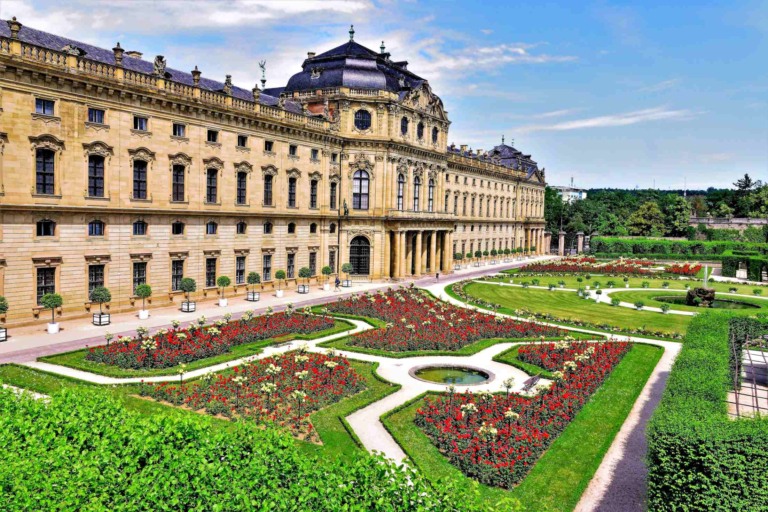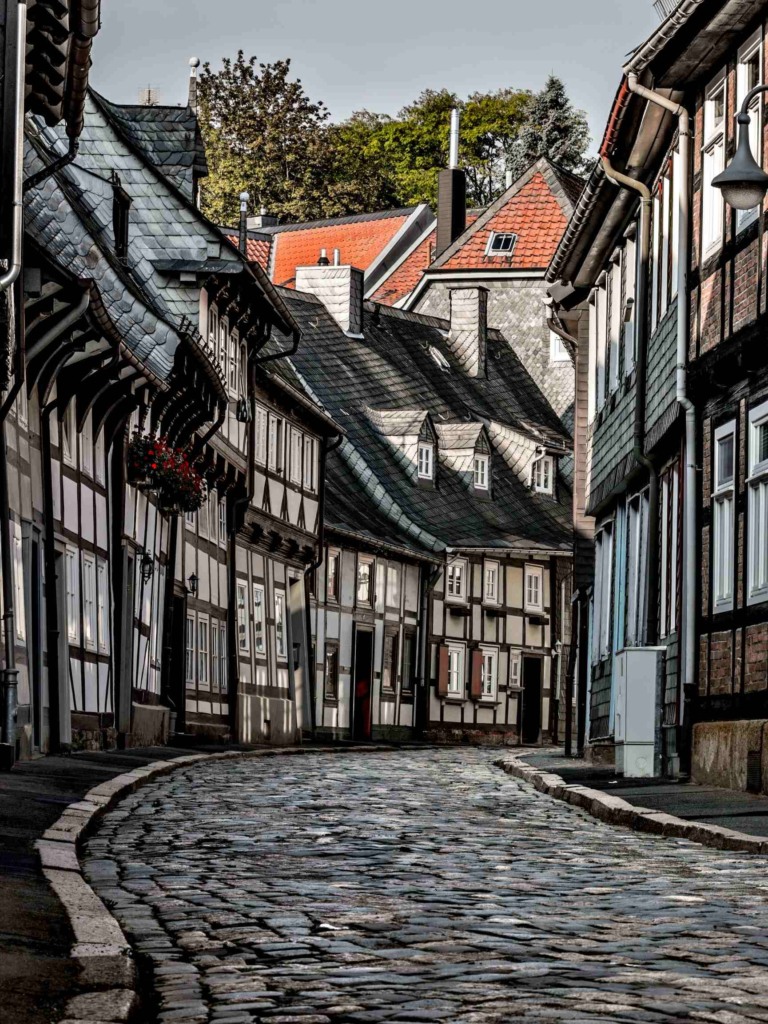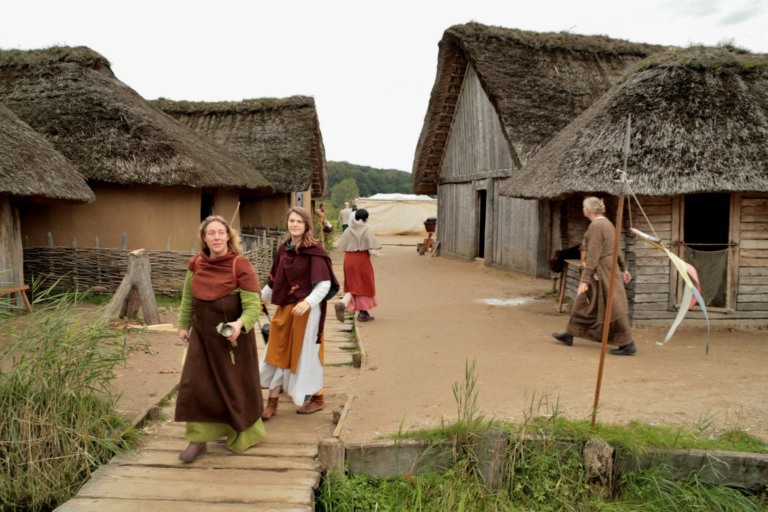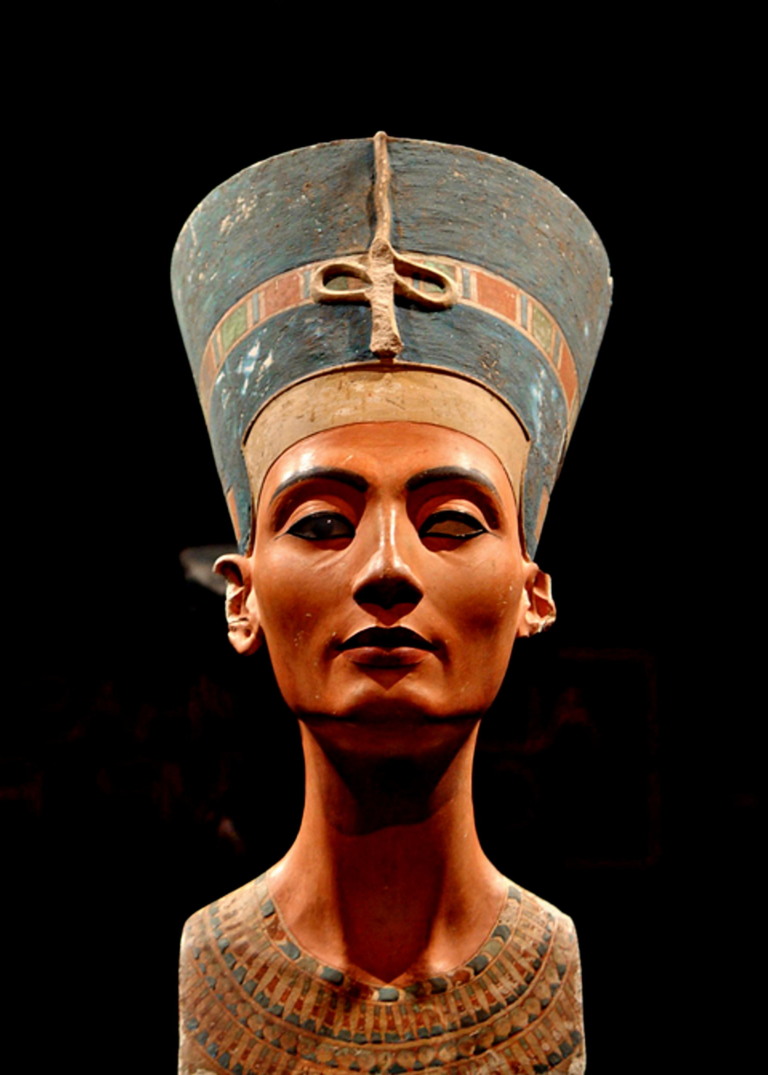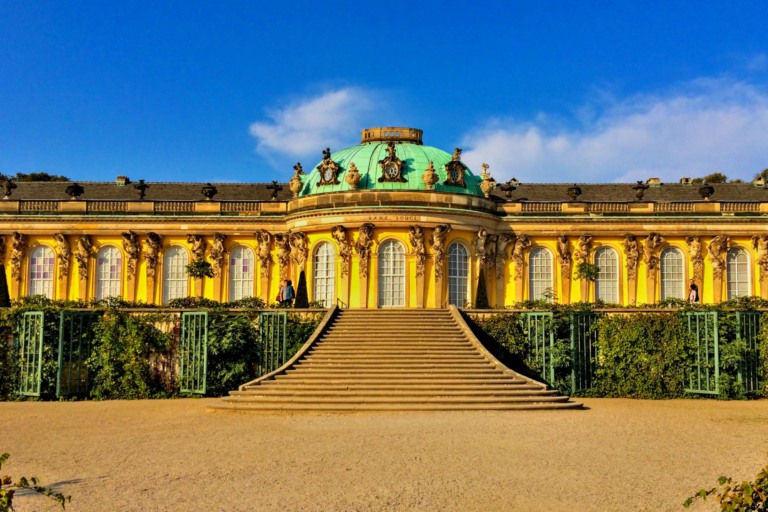Bamberg is a town in Upper Franconia, which is in the north of Bavaria in southern Germany. It is on the river Regnitz, not far from where it meets the river Main. It is a good example of a central European town with a plan from the early Middle Ages and many religious and secular buildings from that time that are still standing. When Henry II, Duke of Bavaria, became King of Germany in 1007, he put a bishopric in Bamberg with the goal of making it a “second Rome.”
Old Town Bamberg Germany
The way the present town shows the link between farming, market gardens, and wineries and the urban distribution center is especially interesting. The city of Bamberg, Germany, has been around since the 9th century. It got its name from the nearby Babenberch castle. The “old town of Bamberg,” which has medieval streets and Europe’s largest intact old city wall, has been a UNESCO World Heritage Site since 1993. It is known as one of Germany’s most beautiful towns.
From the 10th century on, Bamberg was a key link between the Germans and the Slavic people, especially those of Poland and Pomerania. From the 12th century on, it was a very wealthy place. For a short time, it was the center of the Holy Roman Empire. Henry II and his wife Kunigunde were both buried in the old town. During this time, the design of the town had a big impact on that of northern Germany and Hungary.
History of Bamberg Germany
From the middle of the 13th century on, the bishops were princes of the Empire. They were in charge of Bamberg and oversaw the building of many important buildings. This expansion was aided by the See acquiring considerable portions of the estates of the Counts of Meran in 1248 and 1260, partly by purchase and partly through the appropriation of defunct fiefs. After church land was taken away from the church in 1802, Bamberg lost its freedom and became part of Bavaria in 1803.
Since 1844, when the German rail system was first linked to the town, it has been an important part of its infrastructure. In the years after World War I, communists took over Bavaria. The state government ran away to Bamberg and stayed there for almost two years until Freikorps troops of the Bavarian Soviet Republic took back Munich, the capital of Bavaria.
During the German Revolution of 1918–1919, there was a socialist state in Bavaria called the “Bavarian Soviet Republic” or “Munich Soviet Republic”, in German: Raterepublik Baiern, Münchner Raterepublik. It did not last long and was not recognized by the rest of Germany. The Bamberger Verfassung, or Bamberg Constitution, is the name for the first republican constitution of Bavaria, which was passed in Bamberg. After the Second World War, Warner Barracks in Bamberg was an important base for Bavarian, German, and then American troops. It was used until 2014, when it closed.
In 1007, Holy Roman Emperor Henry II gave Bamberg to his family and made it the center of its own diocese. The Emperor did this to make the size of the Diocese of Würzburg easier to handle and to strengthen Christianity in the areas of Franconia east of Bamberg. In 1008, after long talks with the Bishops of Würzburg and Eichstatt, who agreed to give up parts of their dioceses, the boundaries of the new diocese were set, and in the same year, Pope John XVIII gave his approval. Henry II had a new church built, and it was dedicated on May 6, 1012.
The pope gave gifts to the church that made it better, and Henry had it named after him. In 1017, Henry also started Michaelsberg Abbey on Michaelsberg, or “Mount St. Michael,” near Bamberg. It was a Benedictine abbey where priests were trained. The emperor and his wife Kunigunde gave a lot of property to the new diocese and gave it a lot of special rights. This gave the bishop more power in the world.
In 1020, Pope Benedict VIII went to Bamberg to meet with Henry II and talk about the Holy Roman Empire. He made the diocese directly dependent on the Holy See while he was there. He also blessed some of Bamberg’s churches himself. Bamberg was the center of the Holy Roman Empire for a short time. The church is where both Henry and Kunigunde were laid to rest. From the middle of the 13th century on, the bishops were princes of the Empire. They were in charge of Bamberg and oversaw the building of many important buildings.
Seven Hills in Bamberg
Bamberg is built on seven hills, and each one has a church on top. Because of this, Bamberg is sometimes called the “French Rome.” However, it is a running joke among Bamberg’s tour guides to call Rome the “Italian Bamberg.” The hills are Cathedral Hill, Michaelsberg, Kaulberg/Obere Pfarre, Stefansberg, Jakobsberg, Altenburger Hill, and Abtsberg.
Bamberg Climate:
This area’s highs and lows are not too different from each other, and it rains enough all year long. This climate’s Koppen subtype is “Cfb,” which stands for “Marine West Coast Climate/Oceanic Climate.” There is some continental impact, as shown by the fact that average winter nighttime temperatures are well below zero.
Bamberg Cathedral
The late Romanesque Bamberg Cathedral has four towers. Emperor Henry II started it in 1004, and it was finished and dedicated on May 6, 1012. In 1081, a fire burned down part of the building. Saint Otto of Bamberg built the new church, which was dedicated in 1111. In the 13th century, it got its late-Romanesque look.
It has many historic works of art, like the tomb of the founder and his wife, made of marble between 1499 and 1513 and thought to be one of Tilman Riemenschneider’s best works. The Bamberg Horseman, or “Der Bamberger Reiter,” is a statue of a man on a horse that is also a valuable part of the church. Most likely, this figure, which might be of Emperor Conrad III, was made in the middle of the 13th century. The figure also represents the city of Bamberg.
Bamberg Beer
Bamberg is known for its smoked Rauchbier and is home to 11 breweries, including Brauerei Fassla, Brauerei Greifenklau, Brauerei Heller-Trum (Schlenkerla), Brauerei Kaiserdom, Keesmann Brau, Klosterbrau, Mahrs Brau, Brauerei Spezial, Gasthausbrauerei Ambrausianum, Kron Prinz, and Weyermann Rostmalzbierbrauerei.
Weyermann Specialty Malting was started in 1879 in Bamberg and sells to brewers all over the world. Every August, there is a five-day party called Sandkerwa, which is a kirmess. There are more than 200 breweries in the Franconia area around Bamberg. Many of the 70 breweries in and around Bamberg celebrate Bockbieranstiche in October and early November by making special batches of Bock beer.

